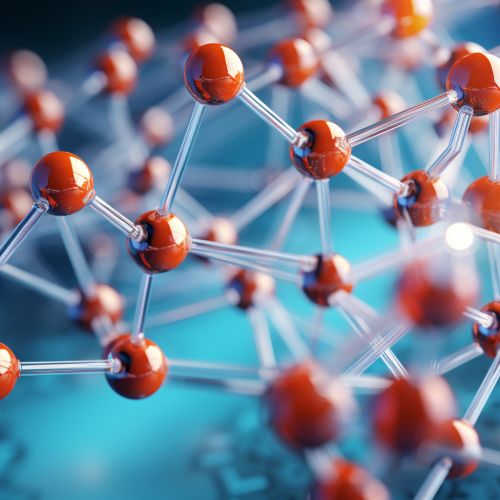Amino acids
Introduction
Amino acids are organic compounds composed of nitrogen, carbon, hydrogen, and oxygen, with a variable side chain group. They are the building blocks of proteins, which are essential for various biological processes. There are 20 standard amino acids, each with a unique side chain, which contributes to the diversity and functionality of proteins.

Structure
Each amino acid consists of a central carbon atom, also known as the alpha carbon, bonded to an amino group (-NH2), a carboxyl group (-COOH), a hydrogen atom, and a variable side chain (R group). The side chain can be as simple as a hydrogen atom, as in the case of glycine, or as complex as a six-membered ring, as in the case of tryptophan.
Classification
Amino acids can be classified based on various criteria such as the properties of their side chains, nutritional requirements, metabolic fate, and more.
Based on Side Chain Properties
Amino acids can be classified into four groups based on the properties of their side chains: nonpolar, polar uncharged, acidic, and basic.
Nonpolar Amino Acids
Nonpolar amino acids have hydrophobic side chains. These include alanine, valine, leucine, isoleucine, proline, phenylalanine, methionine, and tryptophan.
Polar Uncharged Amino Acids
Polar uncharged amino acids have hydrophilic side chains. These include serine, threonine, cysteine, tyrosine, asparagine, and glutamine.
Acidic Amino Acids
Acidic amino acids have negatively charged side chains at physiological pH. These include aspartic acid and glutamic acid.
Basic Amino Acids
Basic amino acids have positively charged side chains at physiological pH. These include lysine, arginine, and histidine.
Based on Nutritional Requirements
Amino acids can also be classified as essential, nonessential, and conditionally essential.
Essential Amino Acids
Essential amino acids cannot be synthesized by the body and must be obtained from the diet. These include histidine, isoleucine, leucine, lysine, methionine, phenylalanine, threonine, tryptophan, and valine.
Nonessential Amino Acids
Nonessential amino acids can be synthesized by the body. These include alanine, asparagine, aspartic acid, glutamic acid, serine, and others.
Conditionally Essential Amino Acids
Conditionally essential amino acids are usually nonessential, but under certain conditions such as illness or stress, the body may not be able to synthesize them in sufficient amounts. These include arginine, cysteine, glutamine, glycine, proline, tyrosine, and others.
Functions
Amino acids serve various functions in the body. They are the building blocks of proteins, which are involved in virtually every biological process. They also play roles in neurotransmitter transport and biosynthesis, and serve as precursors for other molecules such as nucleotides, coenzymes, and hormones.
Biosynthesis
The biosynthesis of amino acids involves various metabolic pathways. Some amino acids can be synthesized from intermediates of glycolysis, the citric acid cycle, or the pentose phosphate pathway. Others require more complex pathways involving multiple enzymatic steps.
Catabolism
The catabolism of amino acids involves their degradation to produce energy, or their conversion to other compounds. This process involves deamination, transamination, and decarboxylation reactions, among others.
